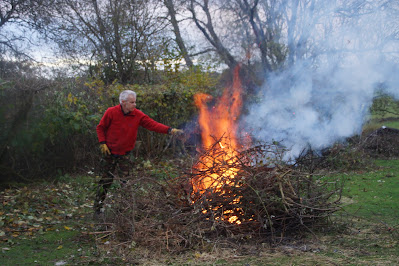Yesterday I went on a special visit to see a beautiful section B filly called Lacey. A well-bred, pretty girl with dark, dark eyes and the bottom of a sturdy milk maid, she was struggling to be handled. It is a pity that all the necessary but negative procedures that have to be done with young sensitive ponies serve to undermine the postive association they have with people - microchipping, worming, so-called halter training, vettings, worming and so forth. After her last worming by syringe, Lacey had decided that headcollars, which were already an issue, were now an absolute no.
Tempting as it was, to concentrate on the headcollar itself, I was keen to find out how deep Lacey's foundations went, and it turned out that although her new owner had been able to hold her head at one time, Lacey was not keen on being touched anywhere else and shielded her right hand side from any touch at all. I felt that it was necessary to go back right back to the beginning and to build and underpin those foundations.
Seemingly boring, I went back to the very basics with the feather duster, moving from the end of her nose with which she like to control everything, to base camp one at her bottom and then base camp two at her withers. Them, for the first time, I started to rub, not scratch her bottom, with my hand and she started, tentatively, to enjoy it. The signs, albeit small, included relaxing her jaw, pushing into my hand, and looking for me whenever I walked away.
After a break, during which I was able to admire her owner's other beautiful horses, I set Jenny off repeating all of the same things and working with Lacey's opposite side whenever it was briefly offered.
I used the feather duster to get up behind Lacey's ears, and then began to rub Lacey's body with my soft scarf which I began to feed over her back so that she could get used to things happening on both sides at once. At the end of the session I could drape the soft scarf over her neck.
Three sessions in one day, split up by short and long breaks and I feel we have come a long way.
Key elements :
1. Bring energy right down and never try to be efficient around her
2. No riffling with noses - even William Fox-Pitt does this!!!
3. No exclaiming when something makes Lacey jump or move; it's nothing.
4. Understand everything from the pony's point of view.
As we finished, the rain stopped and the horses were all able to go out to the field. Lacey, who was bought as a companion for Jen's home-bred foal, and will hopefully one day be a show pony, went out with the rest of her 'family' and was soon by her 'sister's side'.




















































